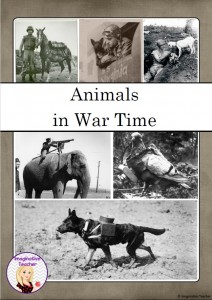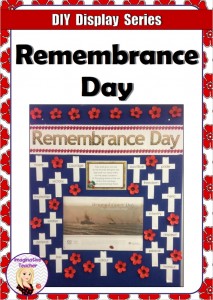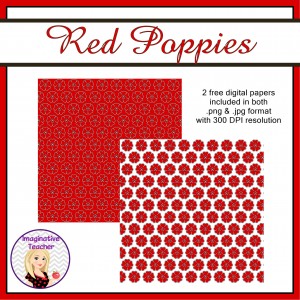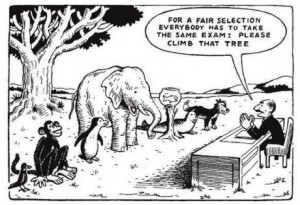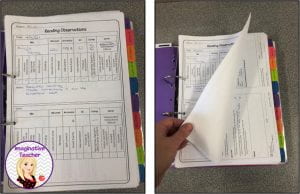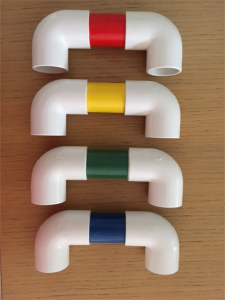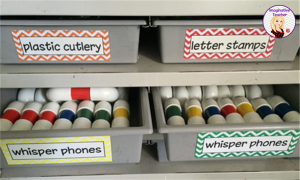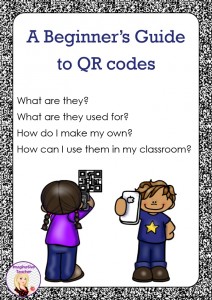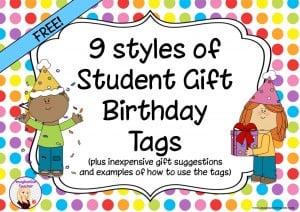The conversation has increased lately both online and at my school from teachers who are discussing, ‘What should I get the students in my class for Christmas?’
Now most teachers want to get their student something nice for Christmas but with 26, even 31 students per class sometimes that’s just too expensive.
So I wanted to share with you what I’ve done this year. It takes a little bit of preparation and you need to be super SUPER organised. By that, I mean getting organised in February. What?? February??? Yep February! This is how I do it.
Three words – Scholastic. Book. Club. As a child, I LOVED getting the Scholastic Book Club delivered to our classroom. I would pore over the pages for hours, circling the ones I wanted, then coming back to it a few hours later just to make sure I’d made the right choices. My Mum would let me pick 2 things and I would wait patiently for the delivery to arrive. Oh Happy Days!!! Now as a Teacher, there’s a special Teacher only catalogue! Seriously, I’m not joking – I still get really excited about the catalogues and their super specials. Any, I digress (Sorry I get so excited about books and the Scholastic Catalogues!)
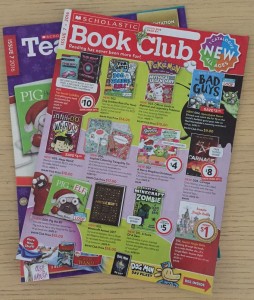
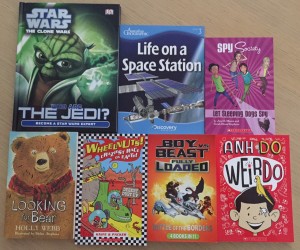
In February, the Scholastic Book Club has these amazing deals in the Teacher Bookstore catalogues. At the beginning of the year, they have these amazing packs – 20 books for $20. Now you might think that for a student to receive a book isn’t overly exciting but all my students love books as much as I do. I guess my enthusiasm rubs off! Some of my students aren’t lucky enough to have many books at home, so for me to give them a book at the end of the year that tailored perfectly for their reading wants is perfect. How do I know in February what my students reading preferences / levels are? You know what, I don’t. That’s the beauty of the Book Club pack – the variety is so huge there is always one to suit every student! To get 20 books for $20, that’s only a dollar a book, how ridiculously cheap is that? Quite often I get the books and they still have the price tag on the back of $15.99 or $18.99. You can’t beat that! And at the bargain price of 20 brand-new books, for $20, I often buy multiple packs and then the ones that I don’t designate for students for gifts go straight into my classroom library.
Once I have the books and make sure that for each student I write a personalised message on the inside first page of the book before I wrapped. That way whenever the student opens it, they know it’s from me and they know that I cared enough to go above and beyond to get them a book that I knew that they would like enjoy and read.
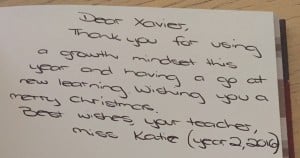
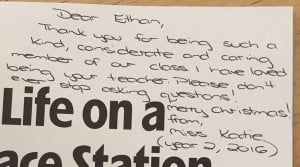
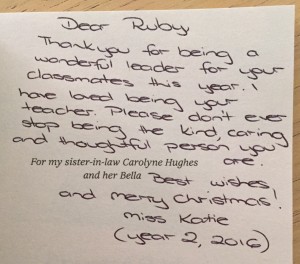
When I was in Primary School, my parents always encouraged reading, and that’s probably where my increased love of books came from. However, not all kids are that lucky these days to have a steady supply of their own reading materials. For only $1 per student, you could even add a little something extra to it if you wish.
Just something to put in the back of your mind ready for the new school year.

Wrapped, boxed and ready to be given out!
Merry Christmas!
